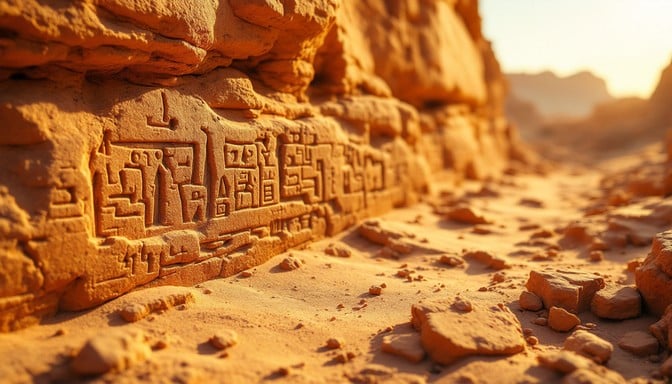Megalithic Structures: Heritage of Ancestors
The megalithic structures are some of the oldest monuments built by humanity. Derived from the Greek words mega (large) and lithos (stone), they are defined as constructions made of massive stones without mortar or cement. Unlike the grand works of later civilizations such as the Egyptians, Maya, or Romans, megaliths belong mostly to earlier Neolithic and Bronze Age cultures. These ancient megalithic structures reveal not only remarkable engineering but also spiritual symbolism, astronomical alignment, and deep cultural significance.
What Are Megalithic Structures?
In archaeology, the term “megalithic” refers to any large stone monument, typically dating between 6000 and 4000 years ago. While most are found across Europe, megalithic structures also exist in Asia, Africa, and the Americas. They are among the earliest permanent monuments on Earth, reflecting the heritage of our ancestors and their quest to understand both the land and the cosmos.
Types of Megalithic Monuments
Ancient builders created different types of megalithic structures, each with its own purpose and symbolism:
- Obelisks or Menhirs – Upright standing stones, often linked to solar worship.
- Stone Circles or Cycloliths – Circular stone arrangements such as Stonehenge, Nine Maidens, and Yellowmeade in the UK, tied to astronomy and ritual.
- Dolmens – Collective tombs formed by upright stones capped with a horizontal slab.
- Passage Tombs or Tholos Tombs – Chambered burial sites with aligned passages, sometimes covered with earth mounds (e.g., Newgrange in Ireland).
- Navetas – Boat-shaped tombs unique to the Balearic Islands.
- Talayots – Defensive towers also from the Balearics.
- Taulas – T-shaped stone monuments thought to be altars for ceremonies.
- Nuraghe – Tower-like megaliths of Sardinia, serving both defensive and ritual functions.
The Spiritual Legacy of Megalithic Structures
While archaeologists debate their exact functions, megalithic structures clearly go beyond practical use. Many align with solstices, lunar cycles, and constellations, suggesting they were calendars in stone as much as temples. They embody sacred geometry, representing humanity’s search for order in the cosmos. To this day, standing before a circle of megaliths inspires awe — a reminder that our ancestors left us not only stones but symbols of their worldview, spirituality, and connection to the universe.






